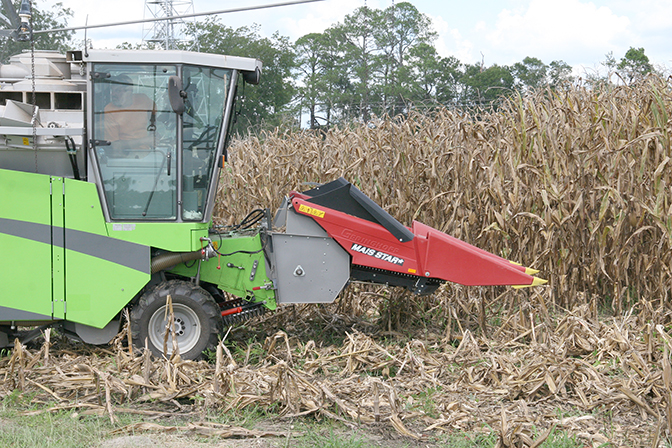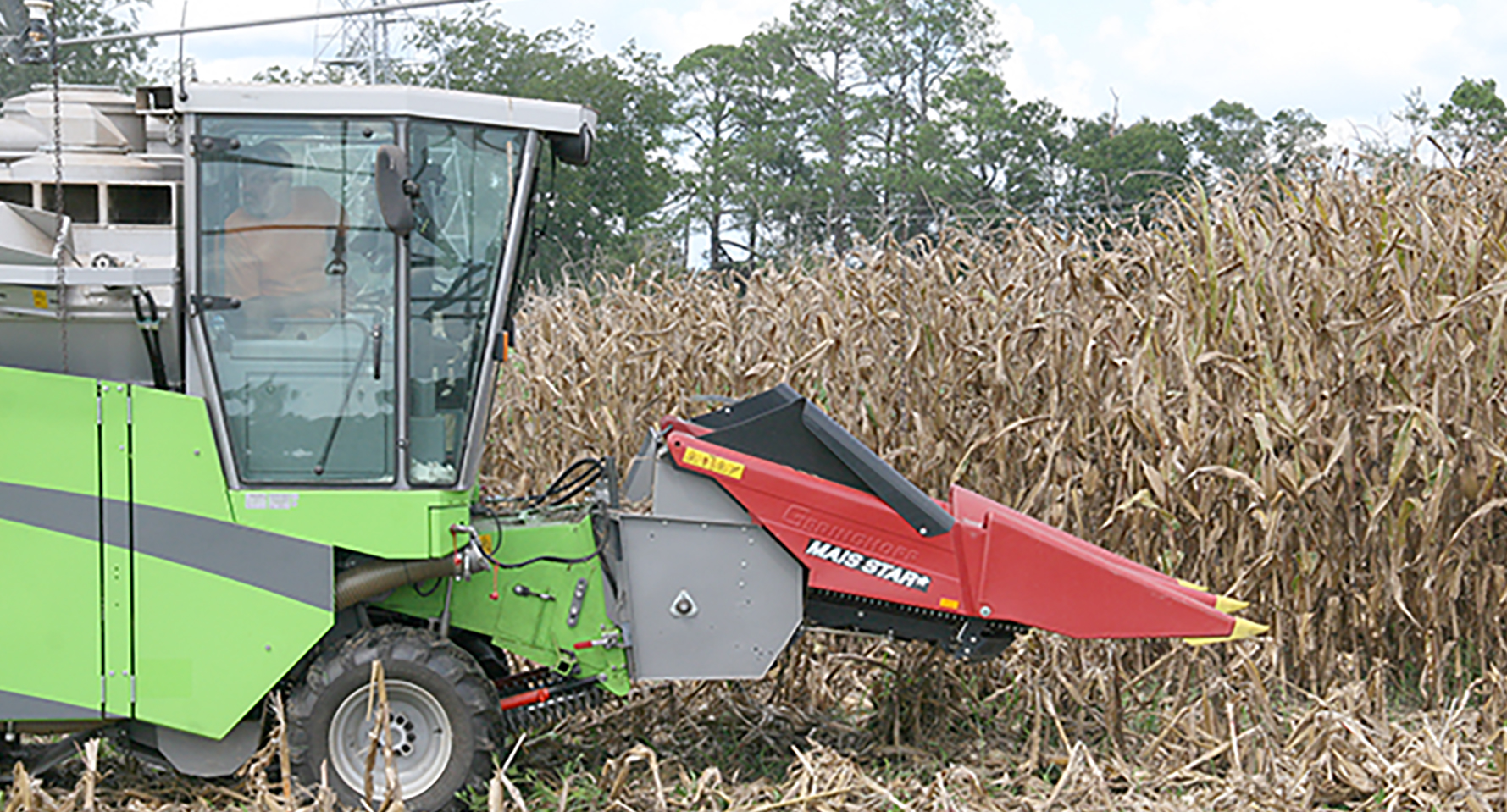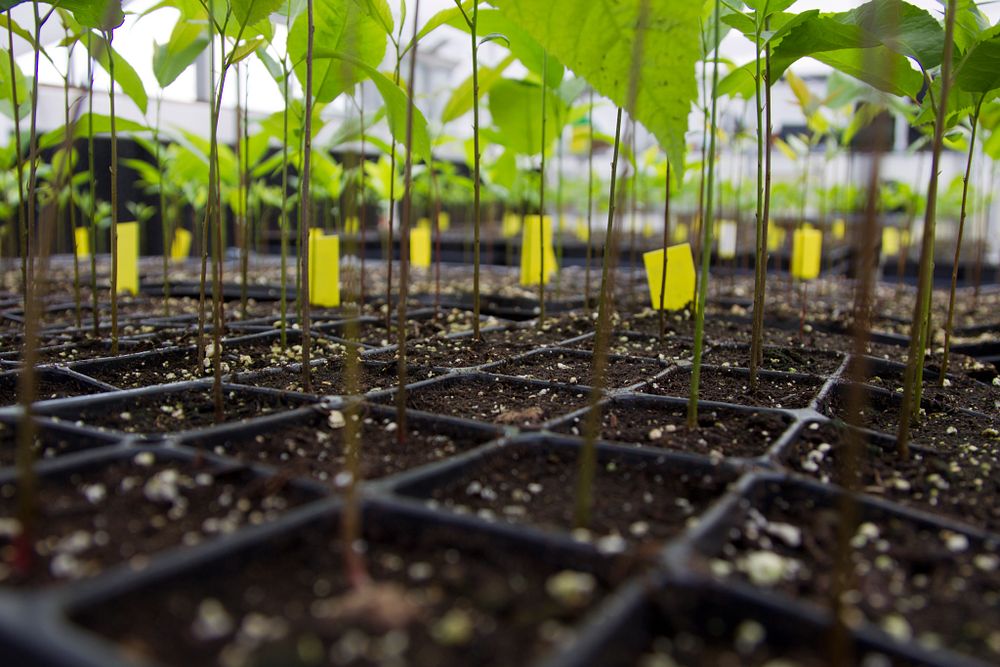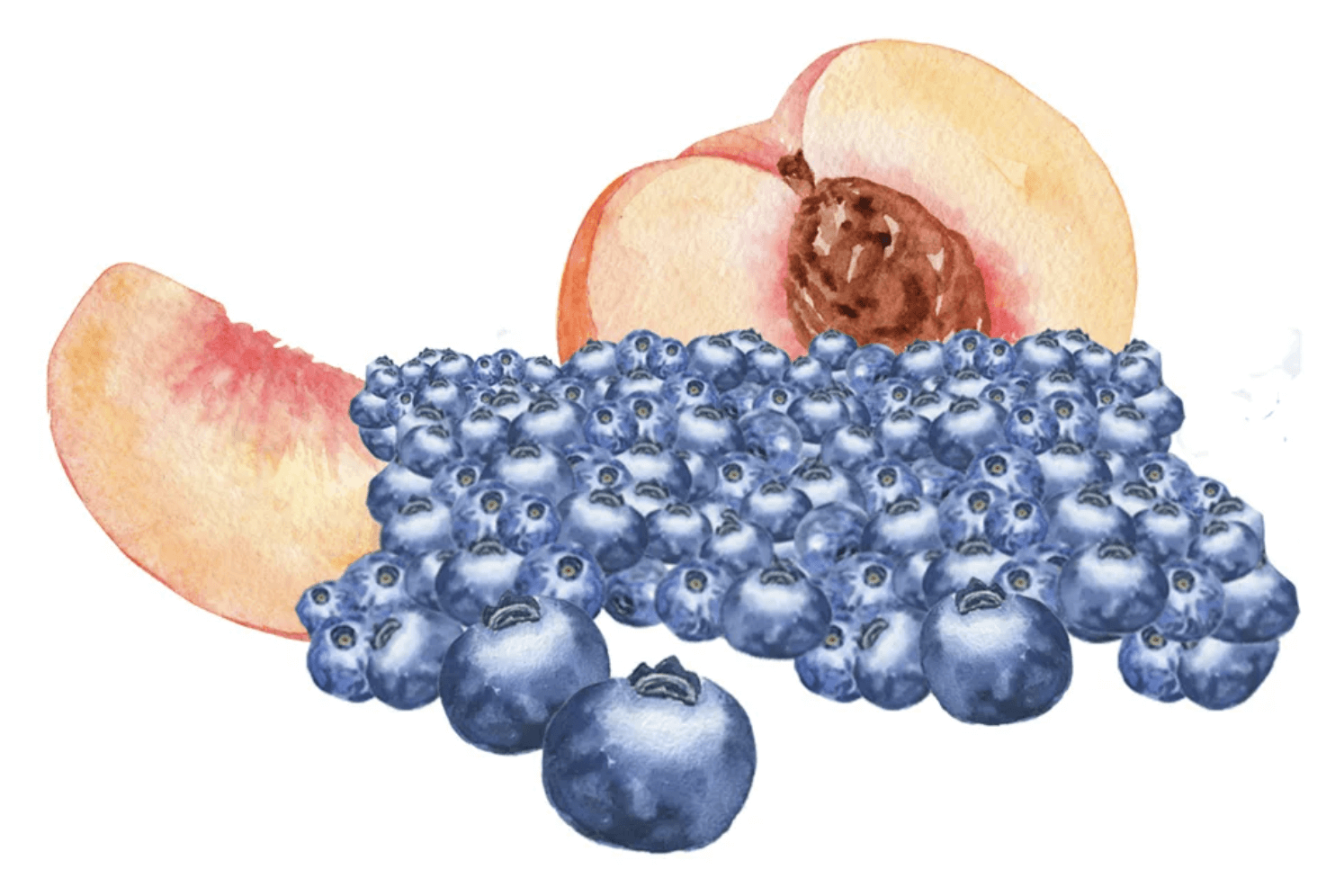Rainy conditions this spring forced some Georgia corn farmers to plant their crop late this year, according to Reagan Noland, University of Georgia Cooperative Extension corn and small grains agronomist. This late planting, combined with a very wet growing season, meant farmers harvested some corn crops a few weeks late.
“There was a time frame of good planting conditions during the early spring, and many acres were planted on time. If you didn’t get your crop planted then, you likely got in a little late,” Noland said. “We had a few big rain events in mid-April. I would say if growers didn’t plant by mid-April, they probably didn’t get in (the fields) until the beginning of May.”
In late May, Georgia experienced two straight weeks of rainy weather. Limited sunlight slowed the growth of corn at a time when yield components were determined.
“Cloudy weather at different points during the life cycle of corn influences different aspects of yield,” Noland said. “During tassel and pollen shed, bad weather can lead to issues with pollination and poor establishment of the kernels.”
Symptoms of nitrogen deficiency were also common where the soil was saturated. This year, considerable nitrogen was likely lost due to leaching and runoff in fields that were overrun with moisture.
“When the soils are saturated and conditions are cloudy, the plant isn’t transpiring and taking up water as quickly. I visited a field in Laurens County, (Georgia), where a farmer had to terminate his crop because over 80 percent of the field was stunted beyond recovery. It was too wet, and the roots were rotting a couple of inches deep,” Noland said. “It was a good bottomland site that usually yields well because it holds moisture well. This ended up hurting in a year when it was too wet.”
Dublin, Georgia, in Laurens County received 7.9 inches of rain in May, surpassing previous years’ totals with 17 rainy days, according to the UGA Weather Network at www.GeorgiaWeather.net.
Along with Laurens County, reports from Georgia’s Washington, Jefferson, Burke and Bulloch counties also indicated that farmers were adversely affected by too much rain, Noland said. In the southwestern part of the state, conditions were more favorable for growing corn.
“I talked with (Extension agent) Seth McAllister over in Terrell County, (Georgia), and he has a good representation of the western part of south Georgia. From what he said, the irrigated farms are looking good. It’s not record-breaking, but they are generally harvesting a good crop this year,” Noland said. “Dryland yields are normal. One bright side to wet weather is that dryland yields will often do better than normal. Some early estimates in Terrell County indicated dryland yields around 90 bushels, which is all right for the area. Another report from Dooly County, (Georgia), indicated a grower harvesting well over 200 bushels dryland, which is outstanding.”
Noland’s research on the UGA Tifton campus was also not immune to the rainy summer’s impact.
“Current yield projections for (one of our) fields is around 230 or 240 bushels, which is good. Most growers will be happy to see that average across a field, but it’s not as high as we hoped to see in a research plot,” Noland said.
Corn is typically harvested throughout August and September. It is a high-value row crop for Georgia growers. Corn generated more than $277.2 million in Georgia, according to the 2016 Georgia Farm Gate Value Report, produced by the UGA Center for Agribusiness and Economic Development.








